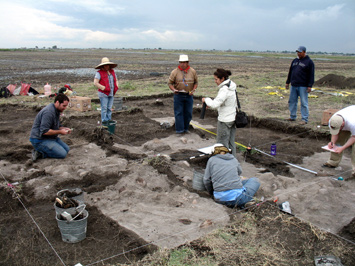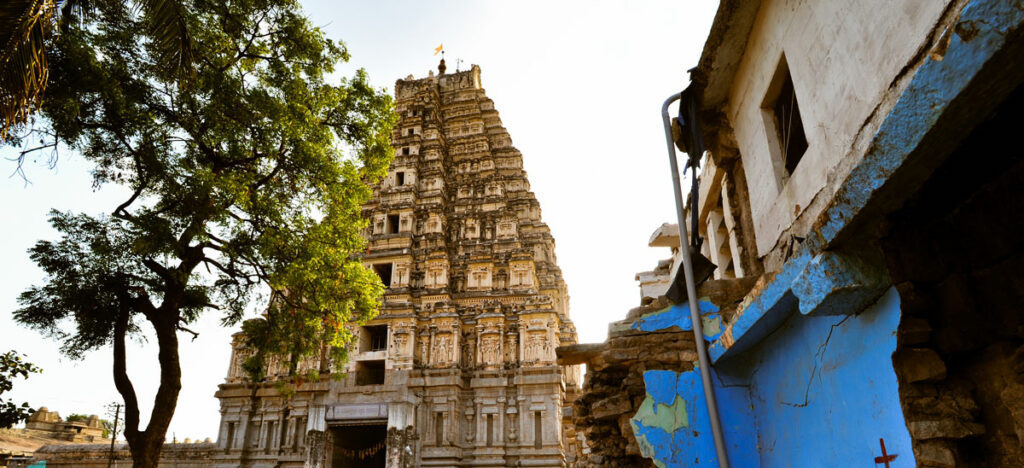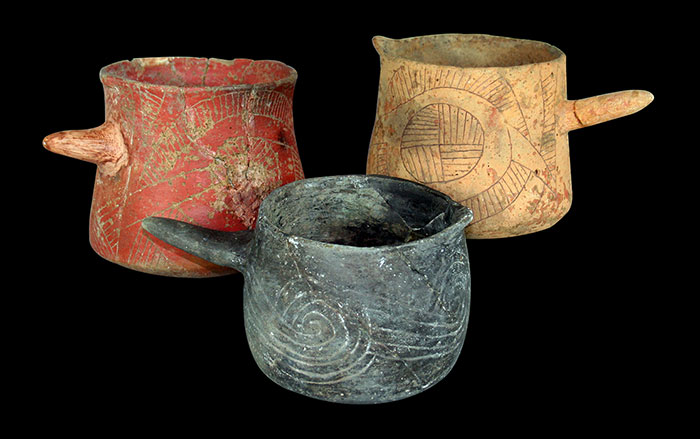
XALTOCAN, MEXICO—Archaeologists at Georgia State University have discovered more than 150 human skulls with vertebra attached in a drained lake not far from Mexico City. Analysis of the remains found at Lake Xaltocan indicates that they are primarily the heads of men dating back roughly 1,100 years, between A.D. 600 and 850. The finds run counter to previous thought that sacrifices typically took place at large pyramids within ceremonial centers, such as nearby Teotihuacan. Other evidence found along with the skulls, including pottery and figures depicting a water god, suggest a ritualistic purpose to the sacrifices.










